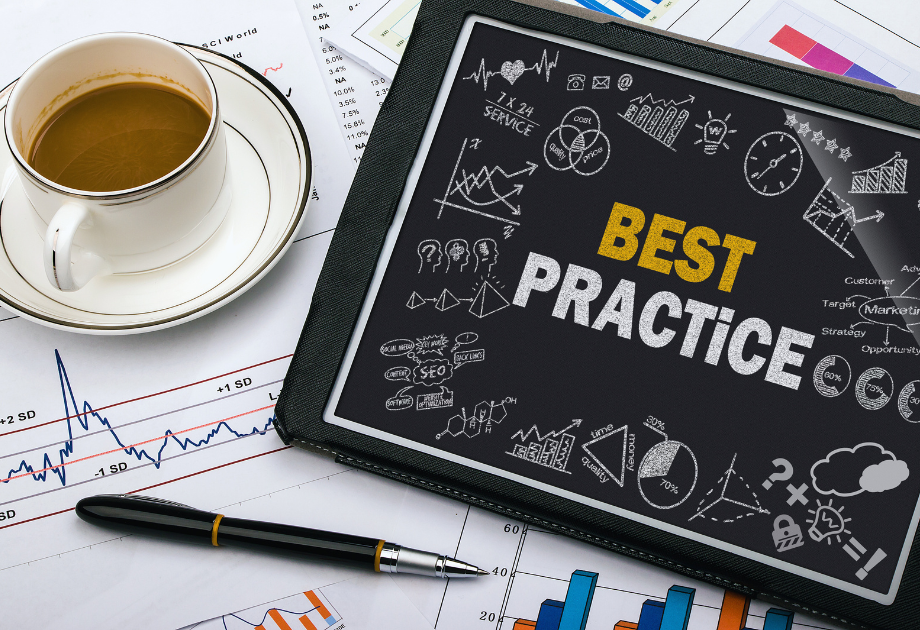Strengthen Your Community with Clear and Confident HOA Messaging
Strengthen Your Community with Clear and Confident HOA Messaging
.png)
Poor communication can quietly chip away at even the most well-intentioned community association. One misunderstood notice, one overlooked question, one unanswered complaint—and suddenly, trust erodes, frustrations mount, and relationships strain. Clear, consistent messaging isn’t just helpful—it’s a practical necessity for every board that wants to build a stronger, more connected community.
This guide walks through effective, real-world communication practices. You’ll find tips for strengthening board-to-resident trust, making the most of community association communication tools, and creating transparent systems that prevent conflict before it starts. The goal? Fewer misunderstandings, fewer complaints, and greater resident satisfaction.
Let’s dive into strategies that lead to real results.
Boost Trust with Clear, Direct Communication

Open, direct messaging is the foundation of any well-run community association. When board communications are clear and timely, residents feel informed and respected. On the other hand, vague or inconsistent updates often leave homeowners guessing, which can spark unnecessary frustration—or worse, mistrust.
Building stronger relationships starts with improving how your board communicates day to day. Emails, newsletters, text alerts, and community notices should all share the same goals: clarity, consistency, and a professional tone that reflects your board’s commitment to serving the community.
Spot Communication Shortcomings
A good starting point is reviewing what’s already being shared. Look back at recent meeting reminders, HOA newsletters, or update emails. Were important dates buried in paragraphs? Was language ambiguous or overly formal? Did any messages spark confusion or repeated follow-up questions?
Identifying areas where details were missing—or where the tone missed the mark—can give your board a clearer sense of what needs to improve.
Evaluate Your Current Approach
Next, conduct a communication audit. Pull together samples of board messages from the past three to six months. Look at each message’s structure and ask:
- Was the tone appropriate and consistent?
- Did the message include a clear next step?
- Was the length manageable for busy readers?
Resident feedback is also incredibly helpful here. A quick survey asking what residents find most (and least) helpful in board communication can offer valuable insight into where adjustments are needed.
Refine Messaging Techniques
Clear messaging doesn’t require complicated writing. Focus on plain language and concise, active sentences. Each message should center on a single idea, with a clear instruction—like “RSVP by Thursday,” or “Visit our portal for full details.”
It can also help to create templates for common announcements. These templates save time and maintain a consistent tone across all communications, reinforcing professionalism and building trust over time.
Drive Results with Modern Digital Tools

Outdated methods like flyers or bulletin board postings have their place—but they often fall short of today’s communication needs. Embracing digital platforms opens the door to faster, more reliable, and more convenient resident outreach.
With the right HOA communication tools, your board can streamline updates, improve responsiveness, and reach every resident—no matter their location or schedule.
Move Beyond Traditional Methods
Printed notices and paper mailers take time, and they’re easy to miss or misplace. If your community relies heavily on these channels, you’re likely dealing with gaps in coverage and outdated information.
List out your current tools and think critically: Are messages arriving on time? Are residents reading them? Could something more modern reach more people, more effectively?
Explore Digital Communication Options
There’s a wide range of digital solutions designed for community associations—including resident portals, automated email campaigns, text alerts, and even social media platforms.
For example, our technology services include tools that help boards:
- Set up recurring emails for dues reminders
- Alert residents of emergencies via SMS
- Host secure discussion boards for FAQs and updates, and more.
When exploring new options, evaluate cost, ease of use, and how well each tool integrates with your current setup. Look for platforms that can grow with your community’s needs.
Integrate Real-Time Messaging
Timeliness matters—especially when it comes to things like maintenance alerts, inclement weather warnings, or safety notices. Real-time tools like instant messaging apps or portal-based alerts give your board the power to communicate quickly and clearly.
Try piloting one tool with a small group of residents first. Track engagement, gather feedback, and refine your approach before launching it community-wide.
Create Transparent Processes to Resolve Issues

Clear communication isn’t only about updates and reminders—it also plays a major role in conflict prevention and resolution. When residents know how to submit concerns, when to expect responses, and what next steps look like, they’re more likely to stay engaged and satisfied.
Well-defined processes not only improve outcomes, they show that the board values accountability and transparency.
Identify Gaps in Issue Resolution
Start by mapping out how your board currently handles resident complaints. Are messages acknowledged promptly? Are timelines for resolution clearly shared? Are any issues repeatedly falling through the cracks?
Pinpoint any breakdowns or delays that might be creating confusion—or worse, resentment—among residents.
Review Proven Issue Management Practices
A clear, repeatable framework like “report, acknowledge, resolve” can do wonders for consistency. Here's how it can work:
- Residents submit a concern.
- The board sends an acknowledgment within 24–48 hours.
- A designated member follows up with a resolution timeline.
- Updates are shared regularly until the issue is closed.
This structure minimizes miscommunication and keeps expectations aligned on both sides.
Build a Step-by-Step Response Process
To formalize this framework, we recommend documenting each step, starting with:
- Logging all complaints in one central system
- Sending confirmation that the concern was received
- Assigning a responsible board member or manager
- Communicating a realistic timeline for resolution
- Following up post-resolution with a short satisfaction survey
If your board needs help setting up a process like this, our consultation services can provide tailored support.
Supercharge Your HOA Communication with Management Plus Realty Service
Clear communication doesn’t just prevent problems—it builds stronger, more cooperative relationships between boards and residents. When you adopt consistent messaging practices, embrace modern HOA strategies, and create transparent processes, your community becomes more informed, more engaged, and less prone to conflict.
At Management Plus Realty Service, we help community associations implement communication strategies that deliver results. Whether you’re looking to upgrade your HOA communication tools, streamline responses, or increase resident satisfaction, our team offers the tools, training, and support to get you there.
Ready to develop a communication strategy that truly works for your board and your residents? Let’s talk about what’s possible.
